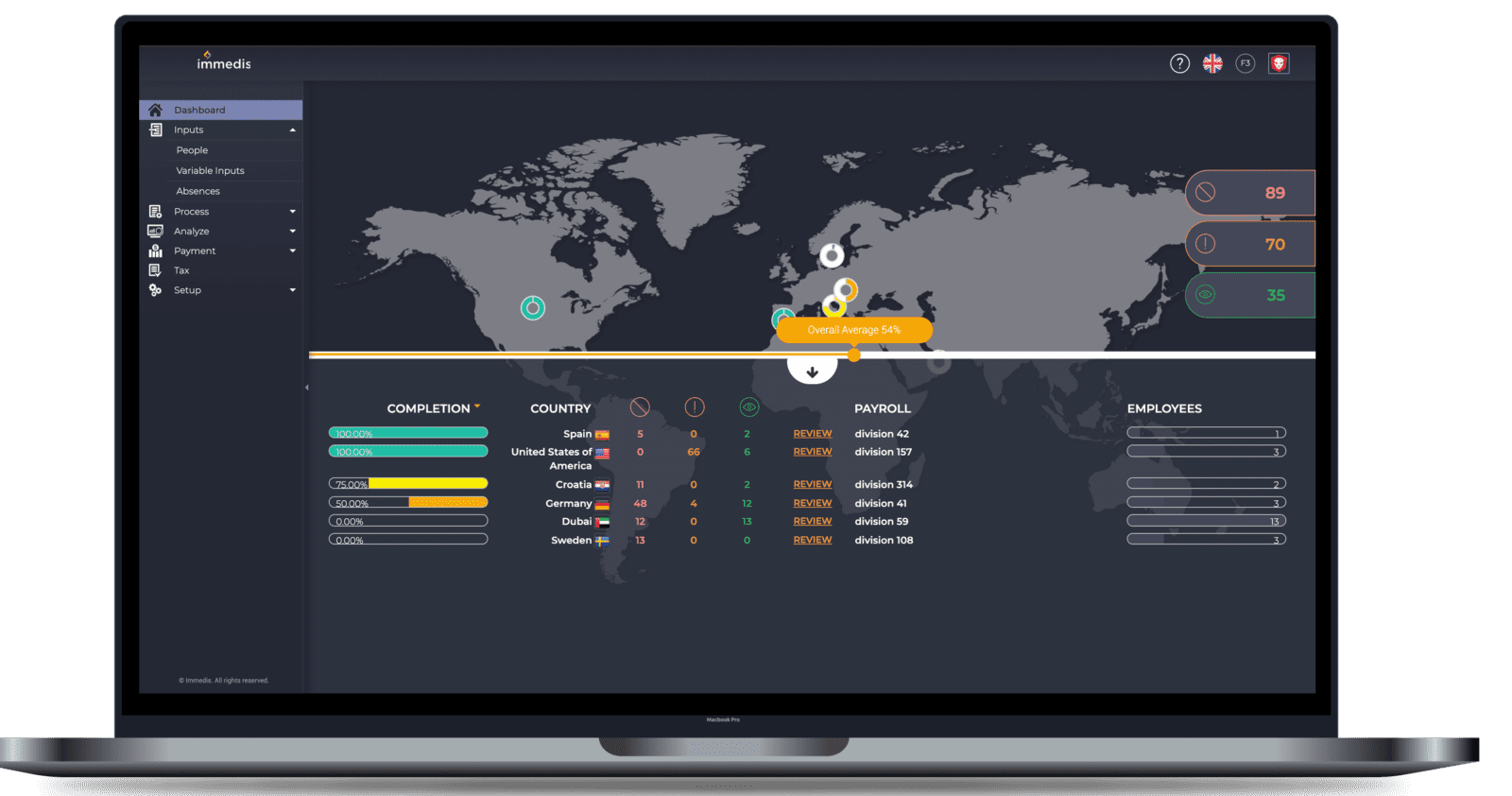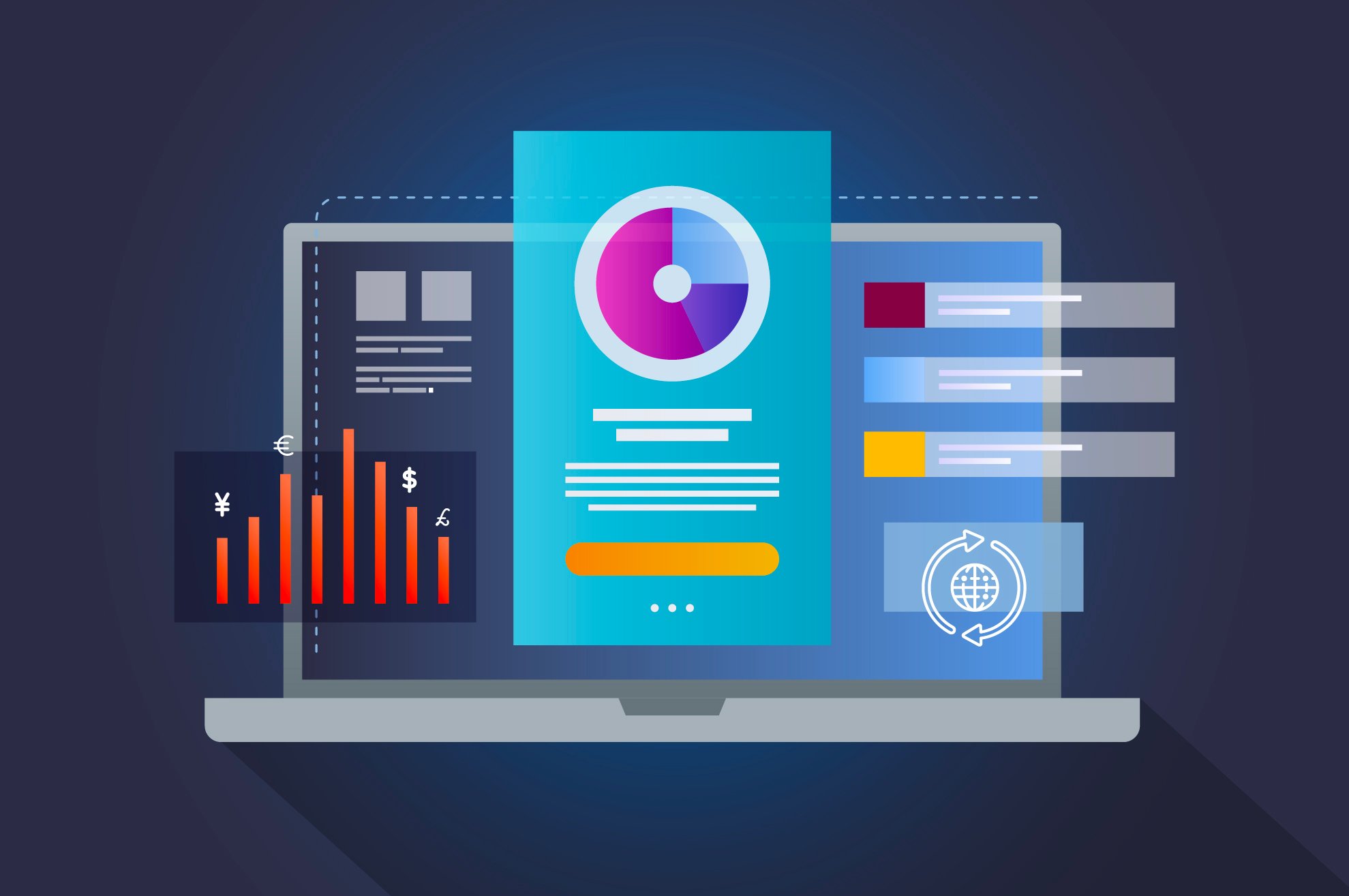In most organizations, payroll is the single biggest expense, and managing the effectiveness of that investment is critical. Companies depend on their payroll service provider to support all aspects of their payroll – from compliance to analytics – plus all associated workforce management needs. To accomplish this, payroll must operate optimally, and to do so requires a new approach.
Transforming payroll to improve performance
Payroll transformation takes many forms. Some companies utilize single country outsourcing to achieve tactical goals. One of the primary benefits of this regional consolidation approach is the standardization of processes based on similar statutory requirements and operating models. However, a true global transformation is built on a single operating model aligned with strategic HR and Financial objectives and gives unprecedented layers of control, transparency, and insights.
The four steps to a successful transformation:
Step 1: Choose a provider with a truly global payroll platform
Step 2: Set up robust integrations with HCM, Finance, and supporting systems
Step 3: Adopt new business processes around this strong technical foundation
Step 4: Bring it all together and drive the repeatability and standardization to get full business value
Step 1: Choose a provider with a truly global payroll platform
Look for a provider who offers a technology platform built for global payroll and with enterprise integration capabilities fully baked in. When transforming your payroll, the business case should take this into account and include business value measurements around:
- Major cost avoidance in having to build and support multiple technical integrations
- Cost take out from replacing manual payroll process
- Cost avoidance of persistent payroll re-runs and late changes
- Measurable compliance parameters that mitigate against risks of changing in-country requirements
- Timely accurate information delivering insights into key strategic and operational decisions
- Reliability of strong employee engagement, for critical aspects of pay and reward.
Step 2: Set up robust integrations with HCM, Finance, and supporting systems
Before starting any integration, Immedis carries out an in-depth data quality assessment to prepare for any gaps that need to be closed. We use a complete business process catalog that is proprietary to Immedis to help customers fully validate the supported payroll scenarios. We also focus on utilizing our certified adaptors to bring alignment to the various HCM and Finance provider roadmaps and ensure compliance with customer needs.
Once we have helped customers solve their data completeness challenges, we turn to layering the business process on top of our enterprise integration architecture. Enterprise integration is not a simple flat file exchange. It includes processes relating to
- best-practice security and encryption procedures,
- seamless scalability and uptime, and
- repeatable error handling and recovery scenarios.
We treat the information shared as a key asset, with a strong functional understanding built-in around what the data means in the integration, and its shape and content.
Step 3: Adopt new business processes around this strong technical foundation
We recommend taking a phased approach, which also brings a country readiness assessment into sharp focus. In outsourcing arrangements and contractual negotiations, procurement objectives tend to focus on KPIs and offloading the management of core aspects of the service to the provider. The reality is that having a solid foundation of employee data in the HCM system of choice is the single biggest enabler in preparing for alignment to a new payroll process. It also enforces consistent employee management rules in onboarding, compensation management, benefits management, time and absence, and country-specific requirements.
Step 4: Bring it all together and drive the repeatability and standardization to get full business value
The final step is to draw all the capabilities together and apply them across all countries. We combine the fully validated information sets from HR and payroll, mapped and enriched to flow into local country payroll engines. The payroll results generated are then validated and translated into detailed Gross to Net reports, Financial GL reports, bank files, funding and payment instructions, and payslips. The results are also ingested fully into our analytics suite, which provides detailed models to drive operational decisions, monitoring, and trend analysis.
Our customer payroll operations teams can also consume operational intelligence reports, business continuity dashboards, and task-driven business flows – all of the Immedis Platform’s key components.
Benefits of an Immedis integrated Global Payroll
The unique strengths that Immedis provides include:
- Workday Certified – visit Workday’s Partner Overview
- Ultimate Certified – visit the UltiPro Connect Marketplace
- A proven methodology to safely work through business transformation
- A cloud technology platform built with a global first methodology and with enterprise integration capabilities fully baked in.
- Designed specifically for payroll, so plugs in a global payroll capability straight out of the box.
All these advantages act as powerful forces to assist customers to shift away from outdated manual processes towards modern, agile, and efficient operations. As a result, they can reduce costs, deliver critical financial insights, and underpin strong compliance on a globally consolidated employee payroll management operating model.
If you are considering transforming your global payroll or are experiencing current payroll difficulties, please get in touch today to discuss how Immedis can help you solve these challenges.





